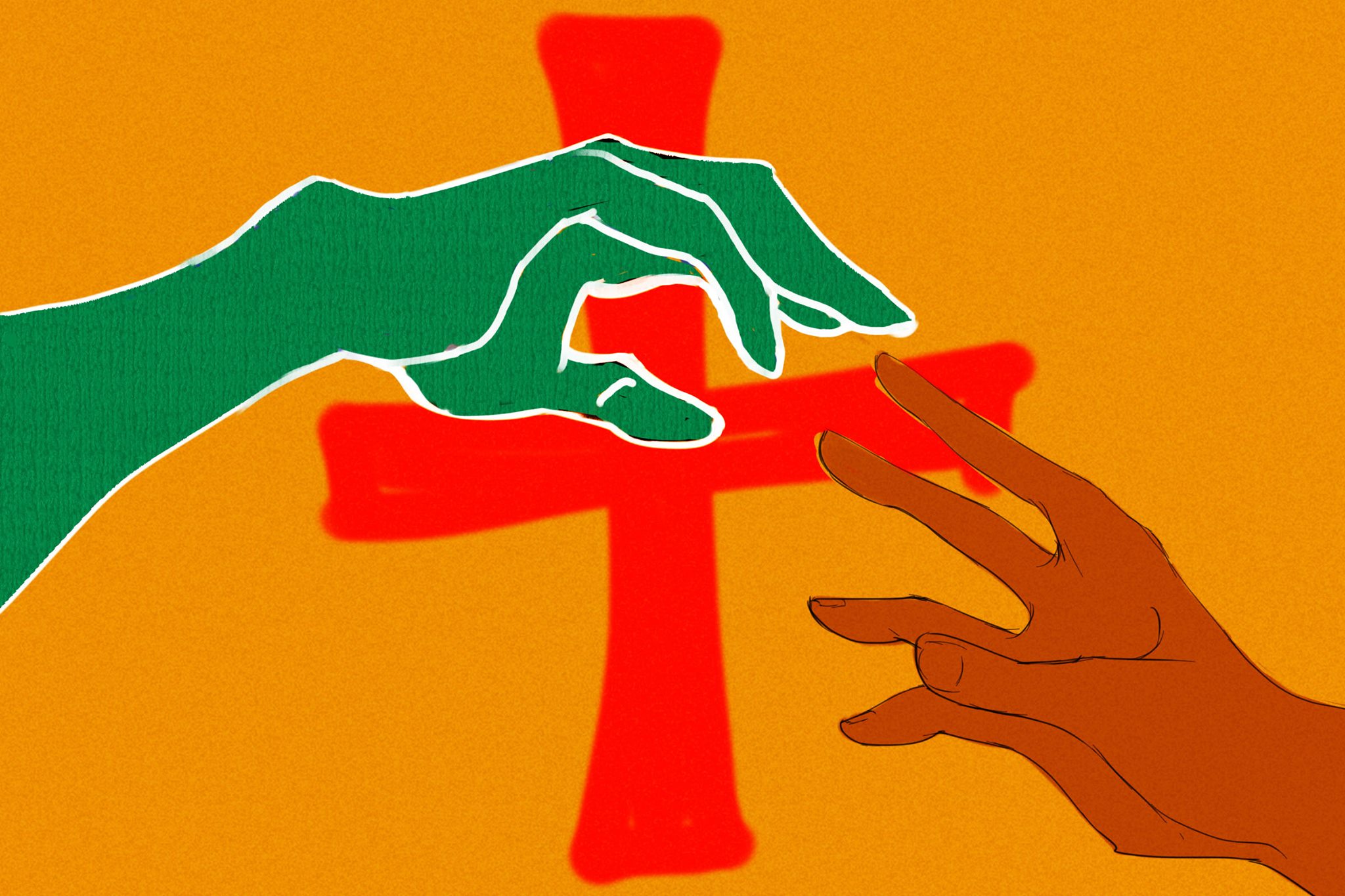
There is an insidious form of racism in the Canadian healthcare system. A systemic lack of access to care, as well as unwarranted assumptions, neglect, and other racist practices, from doctors' offices to emergency rooms, decrease the quality of care for patients and create harmful situations.
The 2008 death of Brian Sinclair is a salient example. Sinclair, a 45-year-old Indigenous man, died in a Manitoba emergency room from a treatable urinary tract infection after waiting for 34 hours because the hospital staff completely ignored him, assuming he was drunk and 'unworthy' of their time. Sinclair's death - which was deemed "preventable" by the inquest that it prompted - was the result of systemic racism against Indigenous people, manifested in the emergency room staff's discriminatory assumptions.
Racist assumptions in interactions with health professionals also have a drastic impact on the quality of care. "From a health professional, [racism] can have a huge impact on a person's future; they're not going to seek out help if they're going to be treated like this," says Kelly Lau, a second-year Medicine student at McGill and VP Global Health of the Medical Students' Society.
These types of interactions are part of a long history of discrimination, and must be recognized as such. In First Peoples, Second Class Treatment, a report published by the Wellesley Institute, researchers Billie Allan and Janet Smylie emphasize that information about Indigenous health cannot be understood outside of the context of "both historic and ongoing colonial policies and practices." Megan Kanerahtenha:wi Whyte, a graduating Concordia student who spoke to The Daily about healthcare from an Indigenous perspective, adds that "colonialism and residential schools in particular have changed the way we see and understand Native identity."
The Wellesley Institute report lists barriers that Indigenous peoples face in accessing healthcare, from racism within the healthcare system to the bureaucratic constraints of the Non-Insured Health Benefits program, which provides healthcare goods and services for status First Nations and Inuit people.
The issue of systemic racism in the healthcare system was also acknowledged at the 2007 Transcultural Health Conference, organized by the Montreal Children's Hospital. It concluded that there was a need to "counteract subtle forms of racism inherent in healthcare in order to make access to care and the quality of care better for members of cultural communities."
"It's not a problem of necessarily saying that people should be treated equally; [people have] different health needs," says Lau.
The 'cultural safety' modelOne critical component for addressing inequitable treatment and improving patient outcomes is cultural safety, a framework for the delivery of more appropriate health services to Indigenous people. The cultural safety model was developed in the 1980's by Irihapeti Ramsden, a Maori nurse in New Zealand, as a theory upholding Maori self-determination and decolonization.
"Cultural safety is honouring and respecting the cultural values and practices of Indigenous people. It's about creating safe spaces where individuals are not judged for the ways in which they heal and are encouraged to pursue what they need to. Cultural safety is about freedom to honour your traditional medicines," Whyte explains.
Allan and Smylie point to cultural safety training as beneficial not only because it recognizes the particular needs of the Indigenous patient, but also because it "pays explicit attention to power relations between service user and service provider." A culturally safe model of care thus empowers healthcare users by acknowledging and working to change harmful underlying power structures.
Cultural safety can encourage people to access care earlier, build relationships based on trust, and empower patients throughout the process. "My healthcare in the community has always been met with cultural understanding," Whyte describes. "If I've used traditional medicine, for instance, the doctors and nurses are knowledgeable in its uses and will encourage it if it is working. I think the mindset of most of the staff is blending and honouring Western and Indigenous medicine in ways that make sense for the patient."
"Enforcing Western medicine without taking into account the traditional medicine in place continues colonialism [and] oppression, and recreates trauma of assimilation," adds Whyte. "Dismissing other forms of medicine as something 'less' continues to teach Indigenous people that they are something less. Patients or clients need to be honoured, not degraded. They need to be empowered, not forced."
"I think two medicines, Western and Indigenous, can happen simultaneously," Whyte says. "Healthcare professionals can take the time to study and understand traditional medicine, so they can prescribe medication that does not counteract the effects of Indigenous medicine. They can honour when clients need a good sage cleansing or sweat lodge alongside cognitive behavioral therapy. They can empower them to follow what medicines give them honour. Most importantly, they can give them choice."